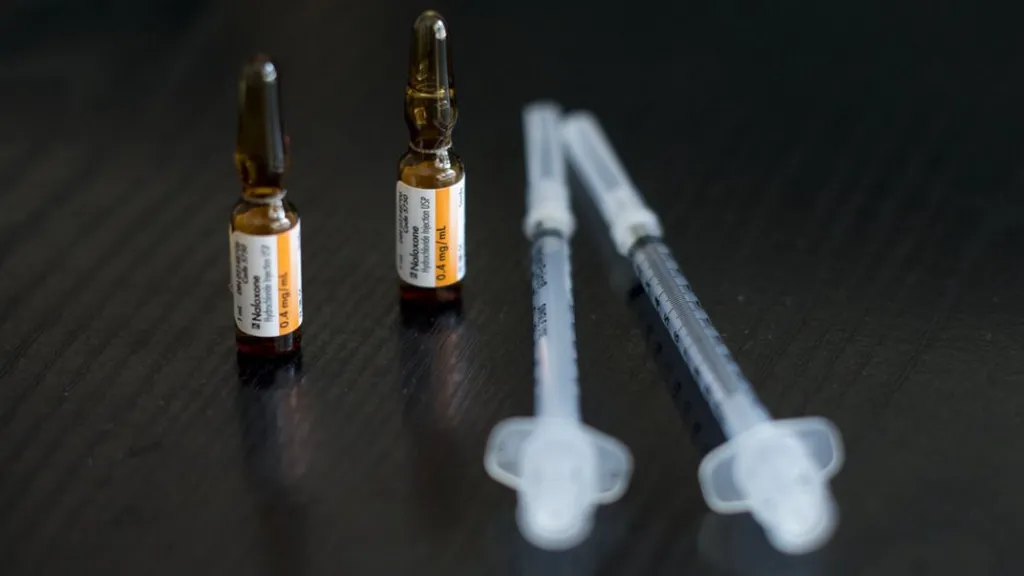By Charalampos Karouzos,
Earlier in the month of May 2024, for the first time in years, the United States saw a decrease in drug overdose-related deaths. Although not part of the most important news televised, the recent data bring a sense of relief and, most importantly, hope to many who have been affected by the addiction crisis, that has conquered many US cities characterized as a novel pandemic. Although the drop of overdose related deaths of four percent may not appear significant, it reflects the first drop after five years of being on the rise.
In 2023, about 107,543 people died from drug overdoses, down from 111,029 in 2022. This three percent decrease is encouraging, especially since deaths from synthetic opioids like fentanyl, which have been a devastating phenomenon of the latest years, dropped by four percent. However, deaths from other drugs, the more “traditional” drugs linked to abuse and overdose-related deaths, such as cocaine and methamphetamine, have increased, showing that there are still many challenges to overcome.
Experts, according to NYT, believe that the reduction cannot be attributed to a single causative factor, but numerous elements contribute to the current results and the reduction in overdose-related deaths. One primary major factor is the increased availability of naloxone, a medication that can quickly reverse opioid overdoses. Naloxone is a pharmaceutical substance used to rapidly reverse opioid overdose by blocking the effects of opioids on the brain. In 2023, a record 22 million doses of Narcan, a well-known brand of naloxone, were distributed in the U.S. and Canada. The effective and country-wide usage of Narcan can be credited to the education of the public about the drug and the availability in areas where it may be needed. Additionally, more people are using test strips to check for the presence of fentanyl in their drugs, helping them avoid accidental overdoses. Test strips are tools used to detect the presence of substances, in this case, fentanyl, in drugs. Programs that provide sterile syringes and other harm reduction tools, although heavily criticized, have also played a role in making drug use safer. Harm reduction refers to the strategies aimed at minimizing the negative consequences associated with drug use, such as providing clean needles to reduce the spread of diseases like HIV/AIDS.

To reduce overdose deaths, both public health strategies and law enforcement actions, have been taken, with the recent data proving their effectiveness. The Biden administration and local governments have promoted harm reduction approaches, which focus on reducing the negative effects of drug use rather than just punishing users. At the same time, law enforcement has been cracking down on the supply of illegal drugs. Indeed, in 2023, local police seized over 115 million fentanyl-laced pills, more than double the number seized in 2017. Further, The Drug Enforcement Administration (DEA) also confiscated nearly 80 million counterfeit pills containing fentanyl last year, up from 50.6 million in 2022.
While the national decrease in overdose deaths is a positive sign, the issue is concentrated in specific geographic locations, spanning the large country, with some states still struggling. States like Oregon and Washington have seen sharp increases in overdose deaths, highlighting the need for tailored solutions that address specific local problems, in addition to the horizontal measures placed to minimize drug-related deaths. Oregon’s experience in particular shows how complex drug policy can be. In 2020, the state decriminalized the possession of small amounts of street drugs to focus more on treatment, a decision that was recently reversed due to rising overdose deaths and street crime.
Dr. Brian Hurley, president of the American Society of Addiction Medicine, emphasizes the importance of making addiction treatment more widely available. While there has been progress in treating opioid addiction, there are still significant gaps, especially for treating stimulant addictions like cocaine and methamphetamine. Indeed, Dr. Hurley believes that everyone who needs addiction treatment should have access to it, regardless of socioeconomic status criteria.

Even if the overdose related cases are declining, it remains paramount to keep reducing the stigma surrounding addiction, fostering a supportive environment for individuals seeking help. By challenging stereotypes and misconceptions, we can create a culture of empathy and understanding that encourages individuals to seek treatment without fear of judgment. Education campaigns aimed at dispelling myths about addiction and highlighting its status as a chronic disease, can help shift public perceptions. Additionally, promoting stories of recovery and resilience can inspire hope and demonstrate that addiction is a treatable condition. By addressing stigma, the barriers to treatment and support can be broken and thus, ensure that all individuals affected by addiction receive the care and compassion they deserve as human beings.
Alongside medical treatment, which remains fundamental for preserving the lives of the addiction-pandemic victims, services such as mental health counseling, housing assistance, and job training must be provided as vital support in rebuilding the lives of those affected by substance abuse. These services address the underlying issues contributing to addiction and empower individuals to make positive changes, thus actively improving long-term outcomes for individuals in recovery and strengthening communities as a whole.
The decrease in overdose deaths in 2023 is a hopeful sign in the fight against drug addiction, being the result of hard work by public health officials, law enforcement and community organizations. However, there is still much to be done to ensure that these positive trends continue. As more data becomes available later this year, experts will closely examine the results to better understand what worked and what still needs improvement. This ongoing effort will help shaping future strategies to combat drug addiction and save the lives of victims. By analyzing the data and learning from the successes and challenges of 2023, we can continue to make strides in reducing overdose deaths and thus create a healthier future for our society to bloom.
References
- Provisional Drug Overdose Death Counts. CDC. Available here
- Overdose Deaths Dropped in U.S. in 2023 for First Time in Five Years. The New York Times. Available here
- DEA Releases 2024 National Drug Threat Assessment. DEA. Available here




